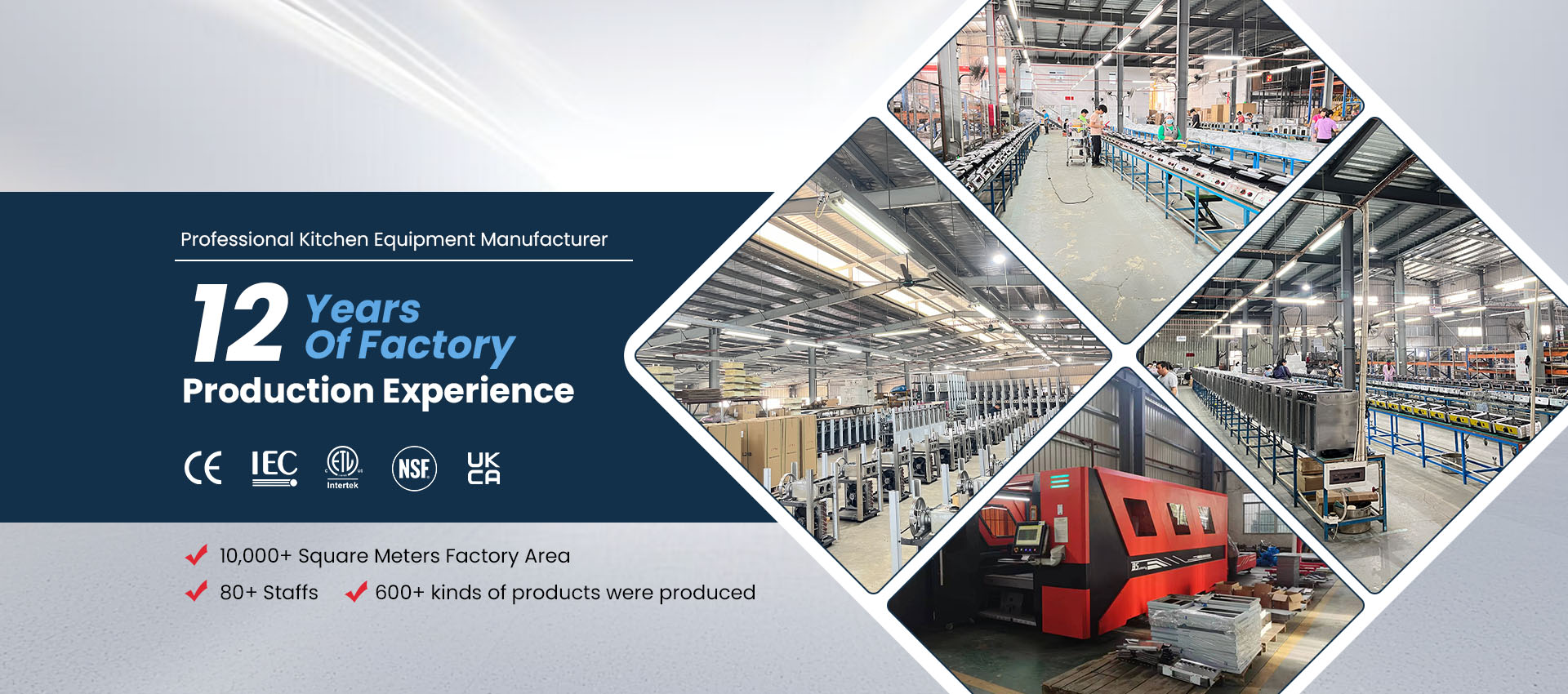How To Turn A Gas Grill into A Griddle
A gas grill is perfect for barbecues, but with a few simple adjustments, you can also use it as a griddle. Turning your grill into a flat-top cooking surface expands your options — from breakfast pancakes and eggs to stir-fried vegetables and juicy burgers. With the right setup and technique, your gas grill can perform just like a restaurant-style griddle.
Why Use a Griddle on a Gas Grill
A griddle offers a flat, solid surface that heats evenly, allowing food to sear without falling through the grates. You can cook smaller or more delicate items, such as shrimp, diced vegetables, or sliced meats, that wouldn’t work well directly on grill grates. It also helps capture juices and sauces that would otherwise drip away, making your dishes more flavorful.
What You’ll Need
To convert your gas grill into a griddle, gather the following items:
Griddle plate or griddle pan (cast iron or stainless steel preferred)
Heat-resistant gloves
Spatula and tongs
Cooking oil or non-stick spray
Cleaning tools (scraper and cloth)
Optional but useful:
Drip tray to catch excess grease
Infrared thermometer for checking surface temperature
Step 1: Choose the Right Griddle Plate
Select a flat-top griddle insert that fits your gas grill. Cast iron models hold heat well and provide a natural non-stick surface when seasoned. Stainless steel griddles are lighter and easier to clean. The plate should sit securely over the grill grates without blocking airflow.
If you don’t have a griddle insert, a cast iron skillet or baking steel plate can serve as a substitute.
Step 2: Preheat the Grill
Close the grill lid and preheat it for 10–15 minutes over medium heat. A proper preheat ensures even cooking and prevents food from sticking. If your griddle plate is thick, allow extra time for it to heat through. The surface should reach around 350–450°F (175–230°C) depending on what you plan to cook.
Step 3: Apply a Thin Layer of Oil
Once hot, open the lid and carefully spread a light coat of cooking oil across the surface. Use a folded paper towel and tongs to distribute it evenly. The oil fills tiny pores in the metal, creating a protective layer that enhances non-stick performance.
Step 4: Start Cooking
Now you can treat your gas grill just like a griddle:
For breakfast: Cook pancakes, eggs, or bacon evenly across the surface.
For lunch or dinner: Grill burgers, fish fillets, fajitas, or fried rice.
For side dishes: Sauté onions, peppers, or mushrooms next to your main dish.
Keep the lid open while cooking to control temperature and avoid trapping steam. Use your spatula to flip food gently and prevent overcooking.
Step 5: Control the Heat Zones
Most gas grills have multiple burners. Adjust them to create different temperature zones:
One side on high heat for searing.
The other side on medium or low for warming or finishing.
This method allows you to cook various ingredients simultaneously, just like a professional griddle station.
Step 6: Clean After Each Use
Once finished, turn off the burners and let the griddle cool slightly. Use a scraper or spatula to remove food residue, then wipe with a damp cloth. Avoid using soap or harsh cleaners on cast iron — instead, use warm water and dry immediately. Reapply a thin oil layer to prevent rust.
Step 7: Store Properly
Remove the griddle plate after cleaning and store it in a dry place. If your grill stays outdoors, cover it with a weatherproof cover to protect both the grill and the griddle from moisture and dust.
Pro Tips for the Best Results
Season the griddle regularly to maintain its non-stick surface.
Avoid cold food on a hot surface — it may stick or cook unevenly.
Use silicone or wooden utensils to protect the surface from scratches.
Keep airflow clear so burners maintain consistent heat.
Experiment with heat zones to master different cooking techniques.
Benefits of Turning a Gas Grill Into a Griddle
| Feature | Advantage |
|---|---|
| Versatility | Cook everything from breakfast to dinner |
| Easy Cleaning | One flat surface, no messy grates |
| Juicy Results | Retains sauces and natural moisture |
| Faster Cooking | Larger area for multiple servings |
| Healthier Meals | Requires less oil and drains excess fat |
This setup transforms your grill into a multifunctional cooking tool — ideal for home chefs who love outdoor cooking without extra appliances.
Common Mistakes to Avoid
Skipping preheating – causes sticking and uneven cooking.
Too much oil – leads to smoke and flare-ups.
Using thin pans – results in hot spots and burnt food.
Neglecting cleaning – leftover grease promotes rust and odor.
Leaving outdoors unprotected – moisture accelerates corrosion.
Proper technique and care ensure your griddle lasts longer and performs perfectly every time.
Final Thoughts
Turning your gas grill into a griddle is simple, affordable, and rewarding. With the right plate and preparation, you can enjoy the flexibility of both grilling and flat-top cooking in one appliance. Whether you’re making breakfast outdoors or searing dinner for a crowd, the transformation adds a new level of creativity to your kitchen routine.
Explore more built-in grills, griddles, and kitchen appliances at MLP Kitchen — your trusted source for professional-quality home cooking equipment designed for performance, durability, and style.
Previous: What Is A Gas Griddle



